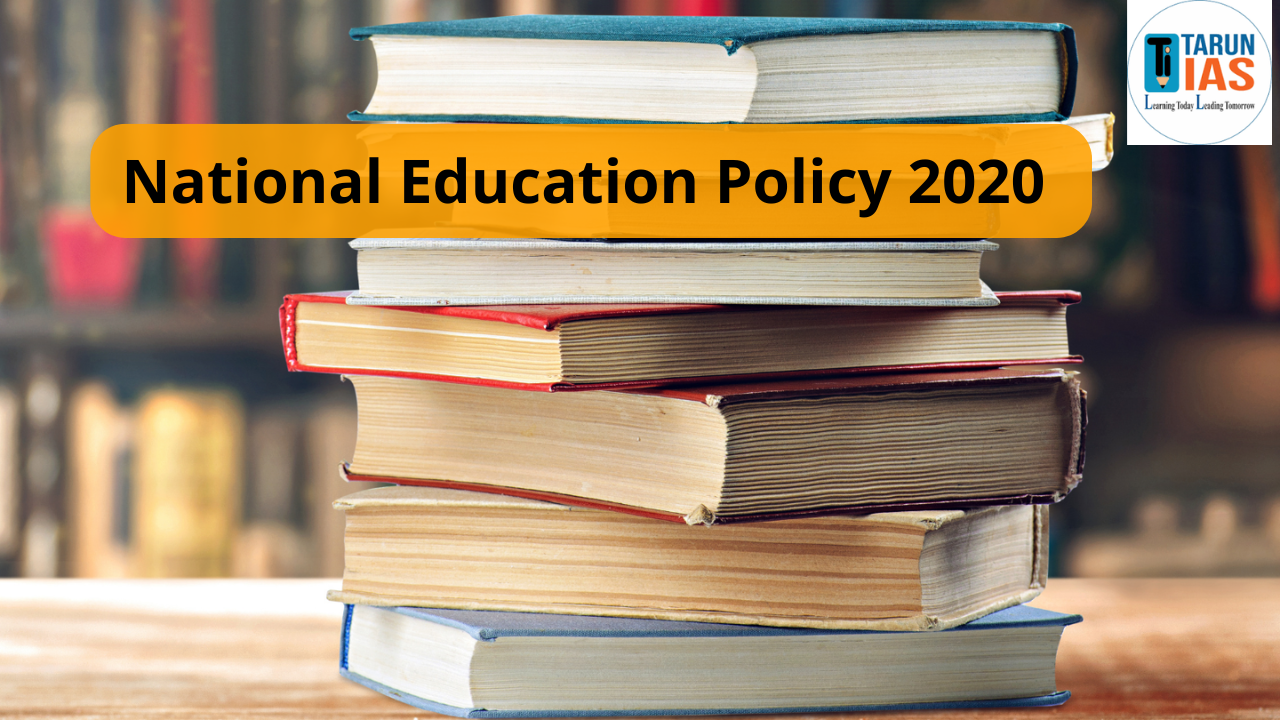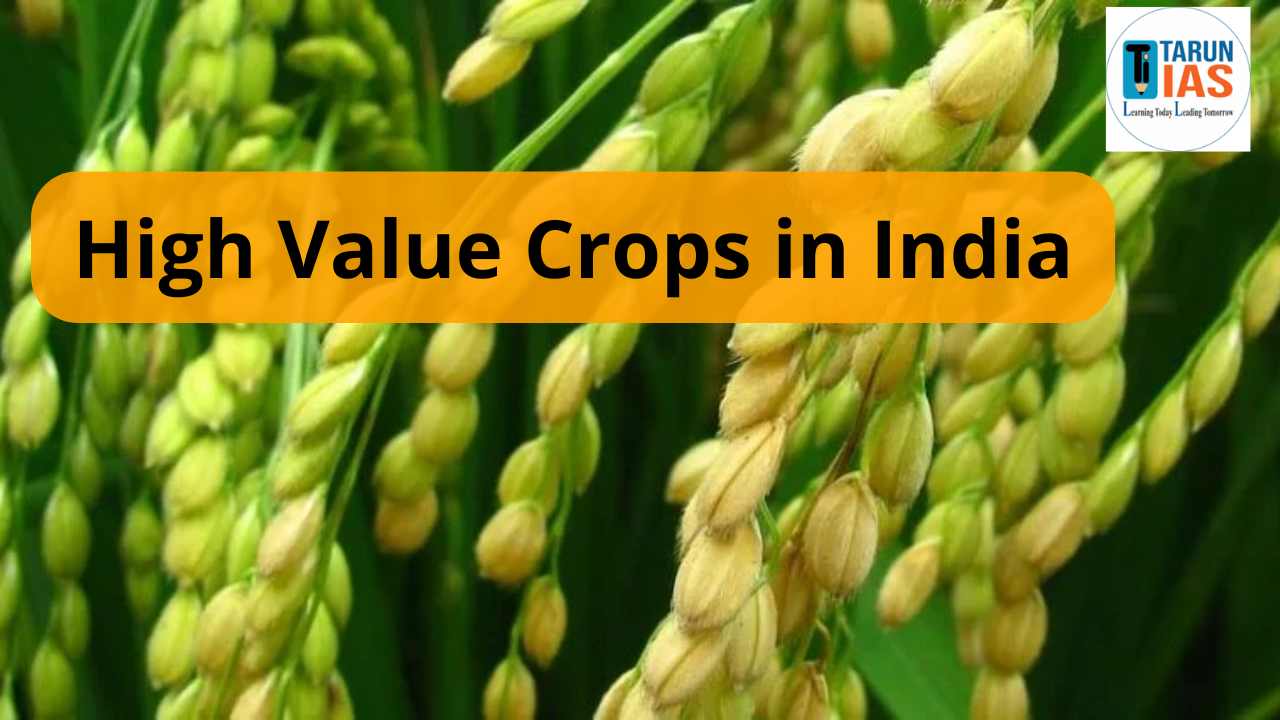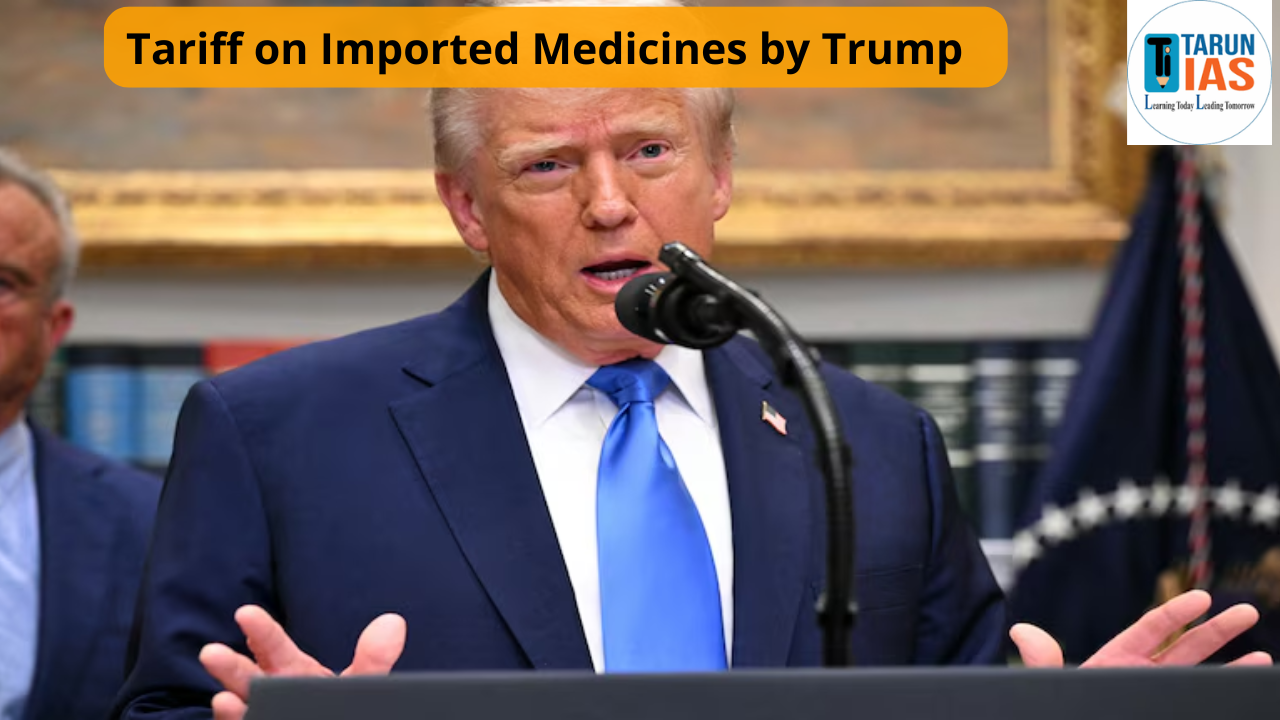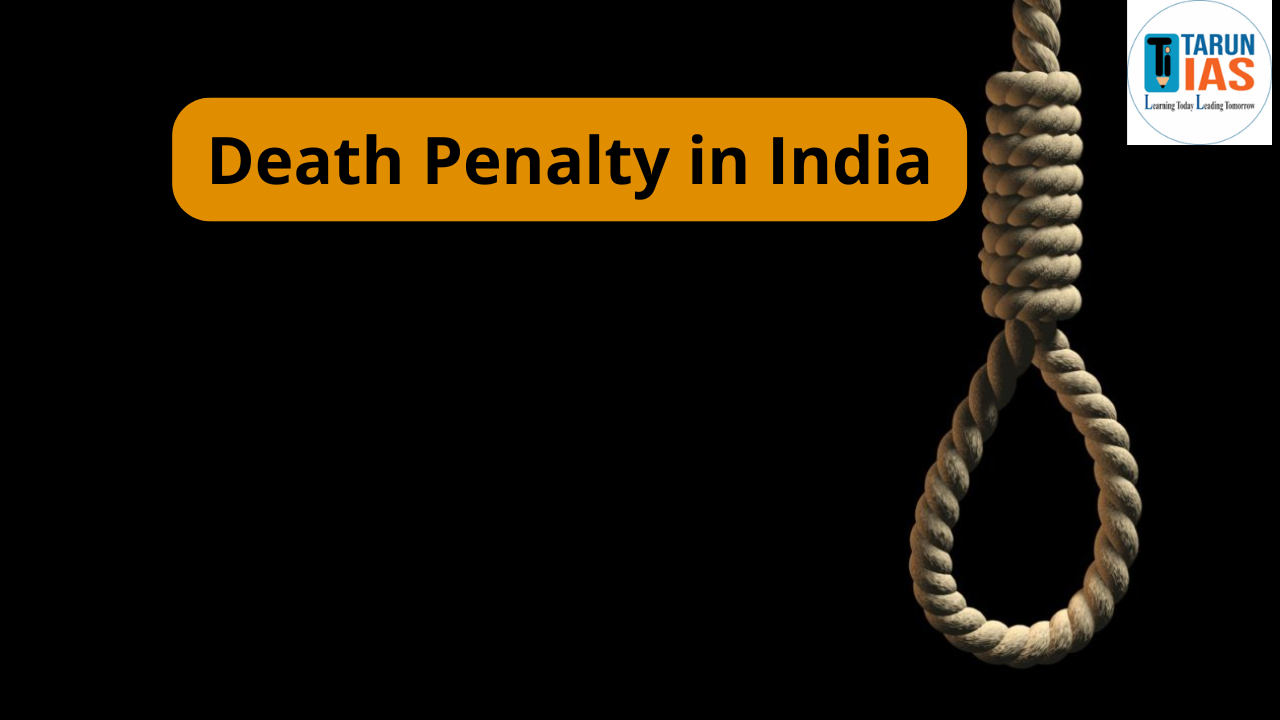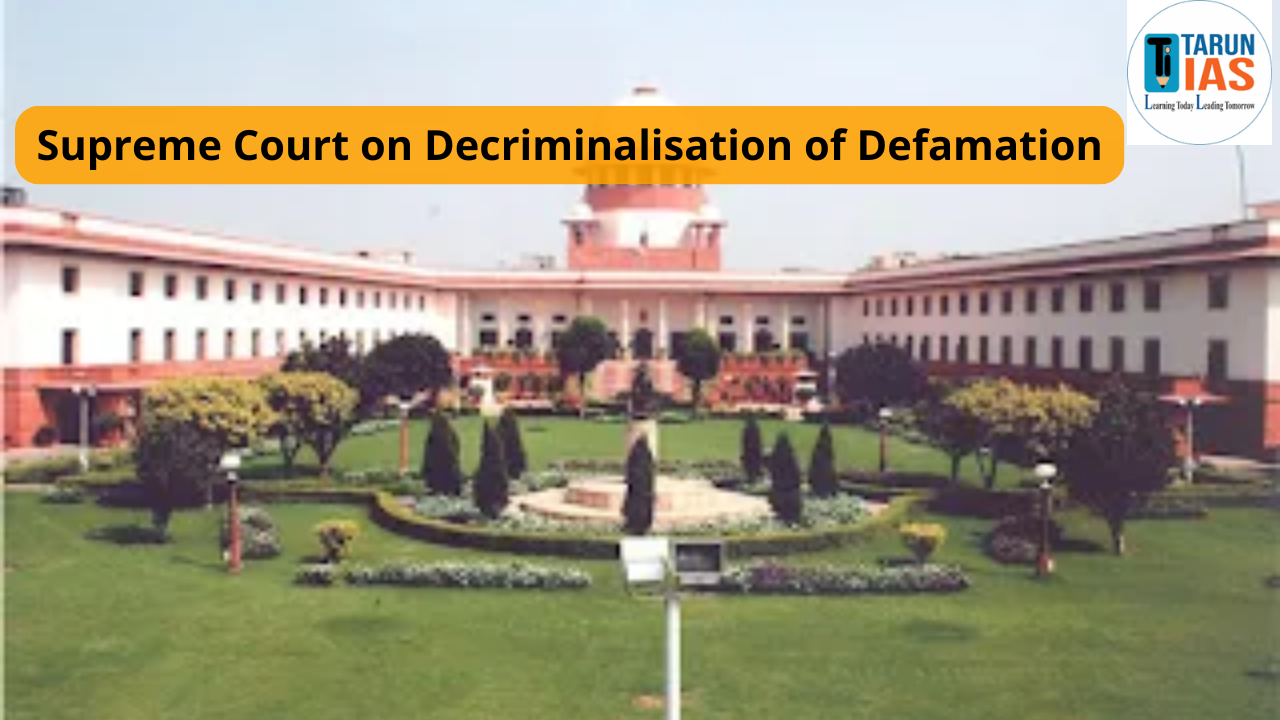National Education Policy 2020 Introduction
- Five years after its launch, the National Education Policy (NEP) 2020 offers a forward-looking, holistic, and transformative roadmap for embedding technology into India’s education ecosystem.
- Anchored in India’s cultural heritage and aligned with global goals like Sustainable Development Goal 4 (SDG-4), the policy laid out a vision for an education system that fosters curiosity, critical thinking, and lifelong learning – from the foundational stage to secondary levels.
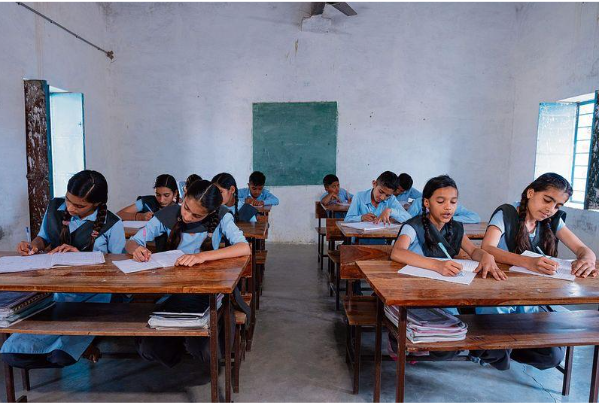
What is National Education Policy 2020?
- The NEP 2020 draws upon the recommendations of the Kasturirangan Committee and the earlier T.S.R. Subramanian Committee.
- It marks India’s third national education policy since independence.
- The policy focuses on comprehensive reforms across all stages of education — from early childhood to higher education — with the objective of overhauling the system to align with the evolving needs of the 21st century.
Key Provisions of the National Education Policy (NEP)
- School Education: A Shift Towards Inclusivity and Quality
-
-
- Universalization of Education by 2030: The NEP aims to achieve 100% Gross Enrollment Ratio (GER) from pre-primary to secondary education by 2030, ensuring that every child has access to quality education.
- Open Schooling System: The policy introduces an open schooling system, such as the National Institute of Open Schooling (NIOS), which helps out-of-school children to continue their education without rigid admission requirements.
- Revamping the Curriculum Structure: 5+3+3+4 System: The NEP replaces the traditional 10+2 system with a more flexible 5+3+3+4 structure, covering foundational, preparatory, middle, and secondary stages of schooling.
- Mother Tongue as Medium of Instruction: The policy encourages teaching in the mother tongue or local language up to class 5, with no compulsion to adopt another language at an early stage.
- Board Exam Reforms: High-stakes board exams are to be reduced. From 2026, class 10 students will have the option to sit for board exams twice a year, offering flexibility and reducing pressure on students.
- Early Childhood Care and Education (ECCE): By 2030, the policy aims to make ECCE universal, with programs like the Jaadui Pitara Learning Kits already in use to enhance early childhood learning.
-
- Higher Education: Expansion and Multidisciplinary Focus
-
-
- Broad-Based Undergraduate Education: NEP promotes holistic, multidisciplinary undergraduate education, allowing for greater flexibility in course selection, integration of vocational education, and multiple entry and exit points.
- Introduction of Four-Year Undergraduate Programs (FYUP): The Four-Year Undergraduate Programs (FYUP) provide more time for in-depth learning, offering multiple exit points with corresponding degrees to suit individual career paths.
- Academic Bank of Credits (ABC):This system facilitates credit transfers across institutions, allowing students to have greater mobility and flexibility in their educational journey.
- Higher Education Commission of India (HECI): A unified regulatory body, HECI, will oversee higher education, except for legal and medical education, streamlining the sector’s governance.
- Promotion of Multilingualism: The policy encourages the use of regional languages in higher education, including the introduction of engineering degrees in regional languages at 14 institutions.
- Common University Entrance Test (CUET): The CUET, introduced in 2020, provides a common entry test for undergraduate admissions, promoting equality and fairness in the admission process.
- International Collaboration: The NEP proposes the establishment of Indian campuses abroad and invites foreign universities to set up campuses in India, fostering global academic exchange.
-
- Teacher Education & Training: Professional Growth and Standards
-
-
- Minimum Qualifications: By 2030, four-year integrated B.Ed. degrees will be the minimum qualification for teaching, improving teacher education and professional standards.
- Continuous Professional Development (CPD): Teachers will be required to complete 50 hours of CPD annually, ensuring continuous skill development and enhancing teaching quality.
- National Professional Standards for Teachers (NPST): The NPST, developed in 2022, sets professional standards to improve the quality and effectiveness of teaching across India.
-
- Increased Public Investment and Inclusivity
-
-
- Increased Funding for Education: The NEP aims to increase public investment in education to 6% of GDP from the current level of around 4.6%, fostering more resources for development and accessibility.
- Gender Inclusion Fund: This fund aims to provide equitable quality education for girls, ensuring that gender barriers in education are overcome.
- Special Education Zones (SEZs): SEZs will be created to provide quality education in disadvantaged regions and for marginalized groups, ensuring inclusive access to learning opportunities.
-
- Digital Education: Enhancing Technological Integration
-
- National Educational Technology Forum (NETF): The NETF will be set up to facilitate the exchange of ideas on the use of technology in education, improving learning outcomes through digital tools.
- PARAKH: Performance Assessment: PARAKH, a new National Assessment Centre, will set norms for student assessment, moving beyond traditional exam results to include peer and self-assessment.
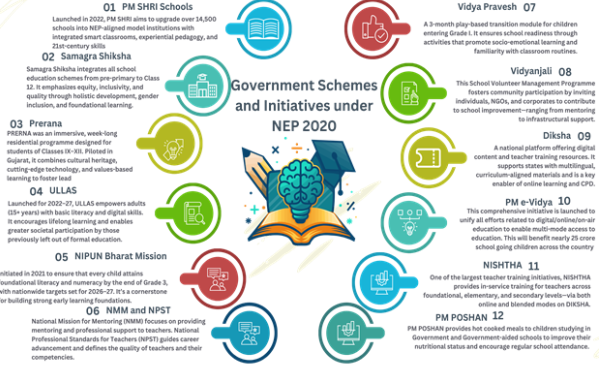
NEP’s Major Successes
- Strengthening Early Childhood Education and Foundational Learning: One of NEP’s key achievements is prioritizing early childhood education and foundational literacy.
-
-
- NIPUN Bharat Mission (2021): Launched to ensure that every child achieves Foundational Literacy and Numeracy (FLN) by Grade 3.
- Vidya Pravesh, Balvatikas, and Jadui Pitara introduced play-based and joyful learning to millions of young children.
- Learning Outcomes:
- As per ASER 2024, 23.4% of Class III students could read a Grade II-level text (up from 16.3% in 2022 and 20.9% in 2018).
- Arithmetic proficiency has also improved, with 27.6% of Class III students now able to perform basic subtraction, compared to 20.2% in 2022 and 20.9% in 2018.
-
- School Education Reforms and Curriculum Revamp:
-
-
- National Curriculum Frameworks: A restructured school framework under the 5+3+3+4 model is supported by two new national curriculum frameworks – National Curriculum Framework for the Foundational Stage (NCF-FS) and National Curriculum Framework for School Education (NCF-SE). These have replaced rote learning with competency-based, multidisciplinary education.
- New Textbooks: Mridang, Sarangi, and Joyful Mathematics integrate cultural diversity, creativity, and conceptual learning.
- Vocational Integration: Vocational education now begins as early as Grade 6, and career pathways are supported through the National Credit Framework.
-
- Improved Access, Infrastructure, and Retention:
-
-
- Samagra Shiksha Scheme: Samagra Shiksha, the flagship school reform scheme, has helped boost enrolment and reduce dropouts.
- Hostel Support for Marginalised Groups: Hostels under schemes like Pradhan Mantri Janjati Adivasi Nyaya Maha Abhiyan (PM-JANMAN) and Dharti Aaba Janjatiya Gram Utkarsh Abhiyan (DAJGUA), along with 5,269 Kasturba Gandhi Balika Vidyalayas, have provided critical support to girls and children from marginalised communities.
-
- Digital Learning and Governance Innovations:
-
-
- Digital Learning Platforms: Platforms like Digital Infrastructure for Knowledge Sharing (DIKSHA) and PM eVIDYA have enabled access to quality learning content in over 130 languages, even during the pandemic. The DIKSHA platform has grown to 1.89 crore registered users, with the highest surge reported during the COVID-19 pandemic.
- Real-Time Monitoring: The Rashtriya Vidya Samiksha Kendra (RVSK) now provides real-time education data, improving governance and accountability.
- Digital Hardware: According to the Unified District Information System for Education Plus (UDISE+) data, the availability of digital hardware in schools has increased from 34 percent in 2019–20 to 57 percent in 2023–24. Internet access has also improved, especially after 2021, rising from 22 percent to 54 percent over the same period.
- Computational Thinking: State education departments have started introducing and revamping their computer science curricula. Under this framework, Odisha has established a curriculum on computational thinking as part of the 21st-century aspirational curriculum, and Andhra Pradesh is working on integrating AI into the computer science curriculum across grades 7-12. For vocational education, an AI module has been introduced for Industrial Training Institutes (ITIs) along with AI-based upskilling programmes.
-
- Teacher Training and Assessment Reform:
-
-
- Capacity Building: Over 14 lakh teachers trained via NISHTHA (National Initiative for School Heads’ and Teachers’ Holistic Advancement).
- Assessment Overhaul: PARAKH (Performance Assessment, Review and Analysis of Knowledge for Holistic Development) introduced competency-based evaluations and holistic report cards.
-
- Inclusion and Flexibility in Education:
-
- Support for Children with Disabilities: The Pre Assessment Holistic Screening Tool (PRASHAST) tool helps schools support children with disabilities, while Indian Sign Language has been introduced as a secondary subject.
- Pradhan Mantri (PM) e-Vidya Direct-to-Home (DTH) Channel (Channel no. 31) has been launched for the hearing-impaired community. Special e-content for the visually and hearing impaired has also been developed on Digitally Accessible Information System (DAISY).
- Alternative Education Pathways: NIOS offers flexible learning for out-of-school children and Agniveers, enabling them to complete their education.
Challenges in NEP 2020
- Funding Concerns: Lack of a Concrete Roadmap:
-
-
- One of the most pressing concerns is the funding commitment. The NEP 2020 reiterates the long-standing recommendation to increase public spending on education to 6% of GDP.
- However, this target has remained unmet for decades, and the policy lacks a detailed and practical roadmap to ensure this funding increase.
-
- Politicization of the 3-Language Formula:
-
-
- The NEP’s proposal to teach three languages in schools, including at least two Indian languages, has been politicized in several states.
- In Tamil Nadu, for example, where the preference is for a Tamil-English model, there are concerns that this provision could be viewed as an attempt to impose Hindi. This issue raises questions about the policy’s acceptability across diverse linguistic regions of India, leading to potential resistance from state governments.
-
- Delayed Overhaul of Teacher Education:
-
-
- The teacher education overhaul, a cornerstone of the NEP 2020, has yet to materialize effectively. Although the policy emphasizes the need for a new National Curriculum Framework for Teacher Education, the framework was due in 2021 but has not yet been released.
- Additionally, the proposed 4-year integrated B.Ed course is facing resistance from colleges offering existing teacher education programs. Without proper training for teachers, the implementation of NEP’s reforms could face significant delays.
- Infrastructural Limitations:
- Despite a steady increase over the past few years, the UDISE+ 2023-24 report shows that only 57.2 percent of schools had functional computers, while 53.9 percent had Internet access.
- Teachers often face basic technical barriers—including difficulties in connecting laptops to smart boards—which can discourage them from using available infrastructure.
-
- Digital Divide and Access to Technology:
-
-
- While the NEP stresses technology integration in education, India’s existing digital divide remains a critical obstacle. For example, government schools still lag in digital infrastructure, with only 44 percent having access to digital infrastructure and 30 percent with access to internet connectivity in 2023–24.
- At the DIKSHA platform, the daily active users remain under 1 percent, highlighting challenges in fostering sustained engagement.
- NETF (National Educational Technology Forum) established under AICTE to promote open exchange of ideas on the use of technology in education is yet to gain traction owing to the absence of clear mandates and investment. Initiatives such as the Permanent Education Number have been introduced across different states. However, implementation has been inconsistent, and there exists no consolidated public data on the progress made so far.
-
- Risks of Increased Privatization:
-
-
- Another criticism of NEP 2020 is its potential to pave the way for increased privatization in education. While the policy advocates for public investment, it also opens the door for greater private sector participation.
- This could lead to the commercialization of education, where quality education becomes less accessible to marginalized communities, further widening the educational divide in India.
-
- Over-centralization: The Tension Between Centre and States
-
- The introduction of a single overarching regulatory body like the Higher Education Commission of India (HECI) has sparked concerns about over-centralization. Critics argue that this could undermine the autonomy of state governments and educational institutions, particularly in addressing local educational needs.
- States like Kerala, Tamil Nadu, and West Bengal have voiced their concerns, refusing to sign MoUs with the Centre to set up PM-SHRI Schools. These states argue that the policy’s clauses would result in loss of flexibility and greater central control over educational systems at the state level.
Way Forward
- Capacity Building Across All Levels:
-
-
- A strong institutional framework is essential to advance the goals of the National Education Policy (NEP).
- There is a need for widespread capacity building to foster ownership and understanding of NEP principles among all stakeholders.
- Officials at every level—state, district, sub-district, and block—must be actively involved and aligned with the objectives of the policy.
-
- Bridging Digital and Infrastructure Gaps:
-
-
- To help students reach their full potential, classrooms need to be equipped with modern teaching tools and technology.
- It is necessary to increase the availability of laptops, interactive whiteboards, and ensure high-speed internet access for both teachers and students.
- Digital infrastructure investments—such as devices, connectivity, and offline resources—must prioritize rural and underprivileged areas to prevent widening of the digital divide.
-
- Empowering States for Context-Specific Implementation:
-
-
- States should be granted the flexibility to tailor the NEP’s implementation based on regional needs, languages, and educational priorities.
- It is crucial to strengthen directorates of education at the state level to ensure effective policy dissemination to district and zonal education clusters.
-
- Ensuring Adequate Financial Support:
-
- The government must outline a concrete, time-bound funding strategy to achieve the target of 6% of GDP investment in education.
- This roadmap should go beyond aspirational goals and include precise financial allocations for each proposed reform under NEP.
- A Special Purpose Vehicle (SPV) should be established to ensure timely availability of funds and smooth implementation of initiatives.
- Encouraging private philanthropy is also important to supplement funding for both public and private institutions in the higher education sector.



